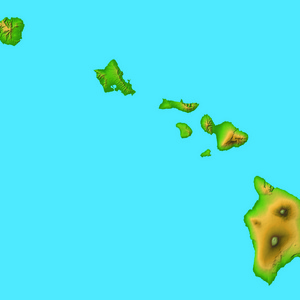Wartsila to provide 50 MW plant to bioenergy project in Hawaii




December 2, 2014
BY Erin Krueger
Advertisement
Advertisement
Related Stories
Sen. Marsha Blackburn, R-Tenn., on Dec. 2 introduced the Consumer Relief and Opportunities for Producers Act, which aims to temporarily reinstate the $1 per gallon biodiesel blenders tax credit for six months, through May 31, 2026.
Carolina Renewable Products has officially broken ground on its first renewable diesel facility in Orangeburg County, marking the launch of a $280 million clean-energy investment that will create 155 jobs over the next five years.
Sugar Valley Energy, in partnership with IVEDC, awarded California Jobs First Grant through the Southern Border Coalition
California Ethanol + Power and the Imperial Valley Economic Development Corp. on Dec. 11 announced that Sugar Valley Energy has been selected to receive a Jobs First Grant through the Southern Border Jobs First Collaborative.
Drax pauses plans for pellet capacity expansion, considers plans for data center near Drax Power Station
Drax Group plc on Dec. 11 announced the company has no near-term or medium-term plans to expand wood pellet production capacity. Work on the proposed 450,000-metric-ton-per-year pellet plant in Longview, Washington, will remain paused.
Renewables are expected to account for more than 24% of U.S. electricity generation in 2025, expanding to 26% in 2026, according to the U.S. Energy Information Administration’s latest Short-Term Energy Outlook, released Dec. 9.




